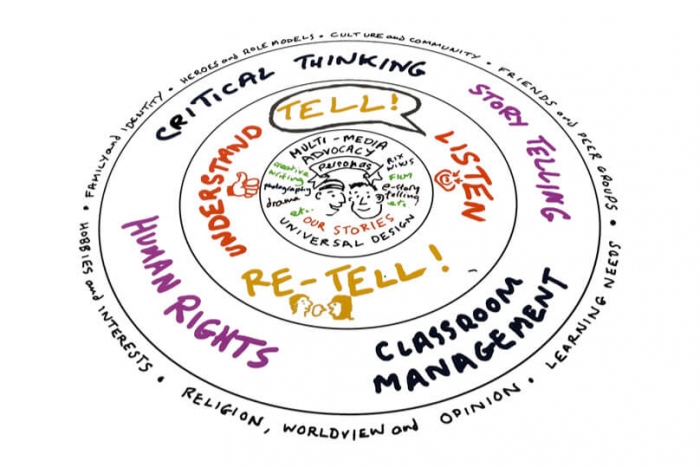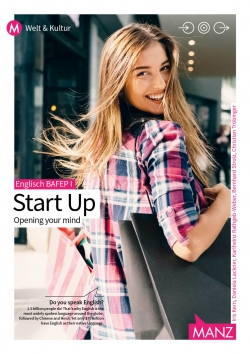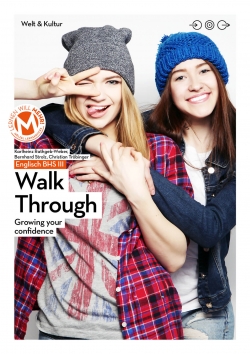WissenPlus
WissenPlus: Wie geht eigentlich kritisches Denken?
Critical Thinking: Dieser WissenPlus Beitrag zeigt Unterrichtsmaterial der Plattform „Me and Your Stories“. Die Übungen fördern kritisches Denken, die Medienkompetenz und stärken Toleranz und Kooperation im Unterricht.
Wasjetzt Redaktion - 8. Oktober 2020
 Aktuell ist die Plattform noch in Englisch, ab 2021 sollen sowohl die Erklärungen als auch die Unterrichtsmaterialien zusätzlich in Deutsch, Rumänisch und Slowakisch zur Verfügung stehen. Der folgende Beitrag stellt nun den Themenkomplex „Critical Thinking“ in Englisch dar.
Aktuell ist die Plattform noch in Englisch, ab 2021 sollen sowohl die Erklärungen als auch die Unterrichtsmaterialien zusätzlich in Deutsch, Rumänisch und Slowakisch zur Verfügung stehen. Der folgende Beitrag stellt nun den Themenkomplex „Critical Thinking“ in Englisch dar.
Auszug aus dem Beitrag: Critical thinking
Critical thinking has become a fashion concept, but it is has always been part of the human race. The concept is by no means mindless criticism. It is the ability to think independently and the skill of logically processing new information.
Critical thinking is not something we could memorize or learn by heart. It is a skill and as any skill, it can be trained and improved. We should not forget that knowledge in different fields makes critical thinking easier though.
There are obviously multiple ways to process new information. When formulating judgments in the decision making process we need to avoid cognitive biases in our minds. Sometimes arguments that are in line with our beliefs tend to be more true or understandable to us than (relevant) opposing arguments. A high level of introspection regarding our beliefs is a very helpful pre-requisite of the critical-thinking-process.
Many teachers consider themselves as transmitters of factual information. Nonetheless, the 21st century requires teachers who train their students in skills such as critical thinking, communication, cooperation, self-driven learning and many more.
There are a few basic approaches in teaching critical thinking. The first one is to ask and answer open and complex questions. Already Classical Greek philosopher Socrates already used questions as his main teaching strategy. By asking questions we can provoke students to re-think their attitudes and previous knowledge.

Socially constructed reality
To discuss any abstract topic we also need to learn how to question the concepts we use. Sociologists call it socially constructed reality. For example, to discuss nation states, we need to understand what the concept of a nation means.
Secondly, the essence of critical thinking is the understanding of pros and cons of a particular topic and to understand its complexities. Sometimes people tend to see problems as black and white or good and evil. However, complex topics cannot be portrayed as black and white. Searching and formulating arguments for and against a certain point of view helps us to understand the complexity of reality and provides us with greater understanding for different opinions than our own.
Thirdly, the best way to learn new things is to understand the connection between new information and something we already know. Education which improves critical thinking should therefore be based on the interconnection between subjects and topics.
The full article „About Critical-Thinking“
Exercise: How, Why, What
The goal of this exercise is for learners to be able to distinguish open and closed questions while practicing interview questions. Additionally, the learners shall find out more about each others backgrounds and personal history.
You’ll find the entire exercise description here.
Exercise: Four thinking styles
This exercise applies the concept the human steps of thinking. When we encounter a controversial topic, our first reaction is based on our associations and emotions. If the topic reminds us of something positive or awakes nice memories, we tend to judge it positively.
How does the exercise work?
- The learners are divided into 4 groups.
- Every group receives a different point of view of discussing a statement.
- The entire group receives the controversial statement.
- The learners discuss the statement regarding their „given point of view“.
- Group outcomes are shared with the entire class using Padlet.
You’ll find the entire exercise Four thinking styles here.
Gesamter Beitrag für den Unterricht
Den gesamten Beitrag in Englisch und Deutsch finden Sie als angemeldete Lehrperson im Online-Lehrerzimmer unter WissenPlus.
Schulbuchbezug
Englisch
Mehr zum Thema
WissenPlus: Wählen gehen
WissenPlusVideo: Zero Waste
WissenPlusVideo: Gaming
WissenPlusVideo: Deepfakes
WissenPlusVideo: BlackLivesMatter
WissenPlusVideo: Demokratie und Krisenmanagement
WissenPlus: Sprechen fördern mit Fishbowl
Ein Beitrag aus der Was jetzt-Redaktion.







